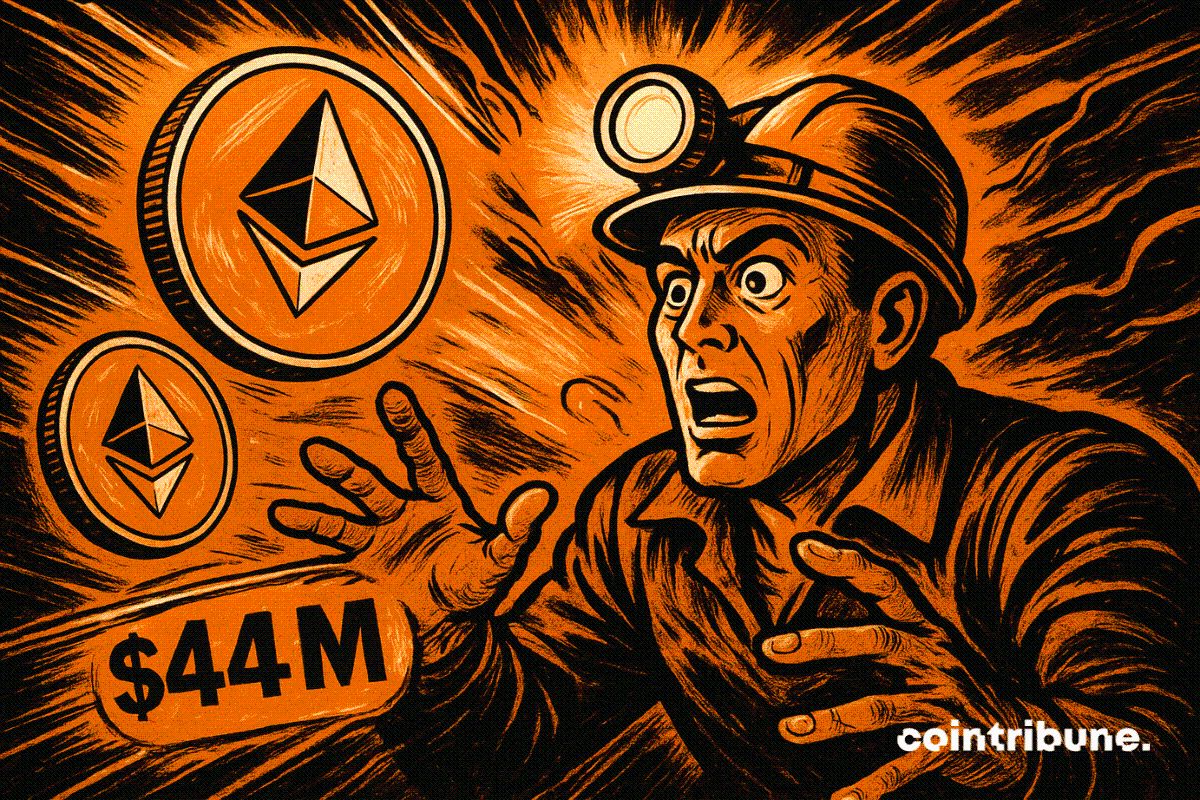Miners’ Dilemma: Hashrate Rises, Profits Fall, Bitcoin’s Life-or-Death Situation
The Bitcoin network is currently in a paradoxical stage of "high security and low profitability": hash rate continues to remain at a historical high above 1 zettahash, while miners' unit revenue has fallen to rock bottom, triggering a structural reshuffle in the industry.
On November 27, Bitcoin mining difficulty decreased by another 2% at block height 925344, reaching 149.30 trillion, marking the second adjustment downward this month, yet the block interval still remains close to the 10-minute target. The key indicator measuring miner revenue, "hash price," has plummeted by 50% in recent weeks, dropping to a historic low of $34.20 per PB per second.
The contrast between high hash rate and low returns stems from the polarization among miners. Small-scale miners unable to secure cheap electricity are exiting at an accelerated pace, while large operators with long-term power purchase agreements and off-grid power plant layouts are steadily expanding.
Even stablecoin giant Tether has suspended its mining project in Uruguay due to uncertainties in energy costs and tariffs, reflecting the survival pressure faced by small and medium-sized miners. On the surface, hash rate remains unchanged, but in reality, this is the result of industry consolidation, with the number of entities supporting network security dropping significantly.
The trend toward centralization hides risks, as single factors such as extreme weather or power grid restrictions could trigger chain reactions. The capital markets have already responded, with the market value of listed mining companies evaporating by nearly $30 billion in November, dropping from a peak of $87 billion to $55 billion before rebounding slightly to $65 billion.
Investors' perception of mining companies is also shifting; they no longer see them as "Bitcoin substitutes," but rather as data center businesses with added crypto attributes.
Western miners need to open up new revenue streams by signing long-term power contracts, relocating to flexible grid regions, or taking on artificial intelligence and high-performance computing (HPC) orders.
To judge the industry's direction, three major indicators must be closely monitored: a deep downward adjustment in mining difficulty will confirm the exit of high-cost mining machines, while a rebound means idle capacity is being restarted; if transaction fees rise due to mempool congestion, short-term revenue may improve; on the policy front, export controls and power grid rule adjustments could instantly change the cost structure.
The current paradox of the Bitcoin network is particularly stark: at the protocol level, security has never been higher due to the high hash rate, but the underlying mining industry faces capital liquidation and integration pressures.
If tight funding and high energy costs persist, the industry will see more mergers and relocations; if Bitcoin prices and transaction fees rebound, some idle capacity will be restarted, but the ownership and operating models will have fundamentally changed.
Disclaimer: The content of this article solely reflects the author's opinion and does not represent the platform in any capacity. This article is not intended to serve as a reference for making investment decisions.
You may also like
Donating 256 ETH, Vitalik Bets on Private Communication: Why Session and SimpleX?
What differentiates these privacy-focused chat tools, and what technological direction is Vitalik betting on this time?

Ethereum Raises Its Gas Limit to 60M for the First Time in 4 Years

DeFi: Chainlink paves the way for full adoption by 2030

BitMine Extends Ethereum Buying Spree With Reported $44M ETH Acquisition

